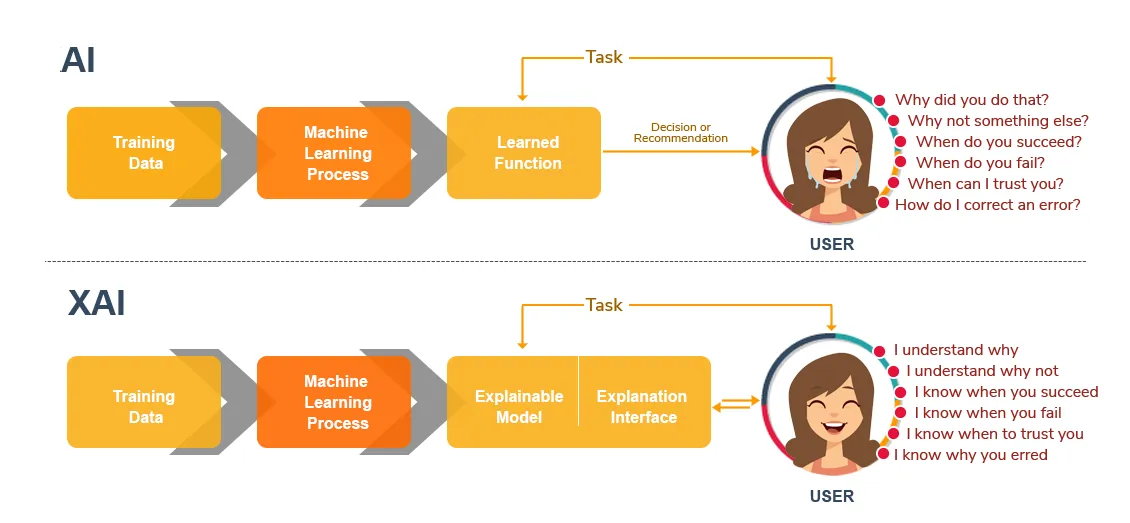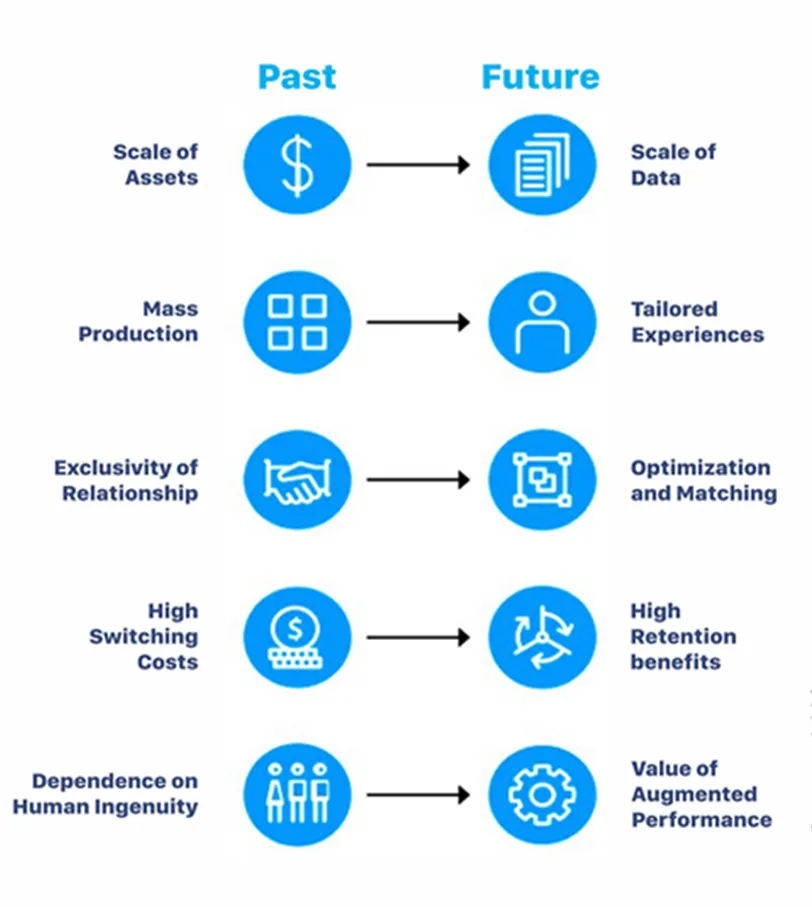How Explainable AI is Changing the Banking and Finance Industry?
Explainable AI (XAI) can be very helpful in the banking sector in a number of ways. Here are some examples of how XAI can be applied in specific areas of banking:
#1 Risk Management
XAI can help banks to better understand the factors that contribute to risk and make more informed decisions about lending, investment, and other activities. For example, XAI can be used to identify patterns in loan application data that indicate a higher likelihood of default, such as a low credit score or a high debt-to-income ratio. By providing transparency and interpretability in the decision-making processes of AI models, XAI can help banks to identify and mitigate potential risks.
#2 Compliance
XAI can help banks to identify and prevent potential compliance violations by providing transparency and interpretability in the decision-making processes of AI models. For example, XAI can be used to identify patterns in transaction data that indicate money laundering or other illegal activities. By providing insight into the factors that contribute to a decision, XAI can help banks to identify and prevent potential compliance violations.
The diagram below compares conventional and modern banking procedures to help you understand how XAI is transforming the banking business.
Modern banking processes
#3 Personalized Marketing
XAI can be used to personalize marketing campaigns and offer relevant products to customers. For example, XAI can be used to analyze customer data and identify patterns that indicate a high likelihood of purchasing a specific product, such as a mortgage or a credit card. By providing transparency and interpretability into the decision-making processes of AI models, XAI can help banks to personalize marketing campaigns and offer relevant products to customers.
#4 Fraud Detection
XAI can help banks to detect and prevent fraudulent activity by providing insight into the factors that contribute to a decision and identifying patterns and anomalies that may indicate fraud. For example, XAI can be used to identify patterns in transaction data that indicate suspicious activity, such as large cash withdrawals or multiple transactions from different locations. By providing transparency and interpretability in the decision-making processes of AI models, XAI can help banks to identify and prevent fraud.
#5 Customer Service
XAI can be used to improve customer service by providing more accurate and personalized recommendations and by automating repetitive tasks. For example, XAI can be used to analyze customer data and provide personalized recommendations for financial products and services. Additionally, XAI can be used to automate repetitive tasks such as account opening, account closing, and account management.
These are the ways XAI can help banks to make more informed decisions, improve operational efficiency, and enhance the customer experience. By providing transparency and interpretability into the decision-making processes of AI models, XAI can help banks to identify and mitigate potential risks, prevent compliance violations, detect fraud, improve customer service, and personalize marketing campaigns.























